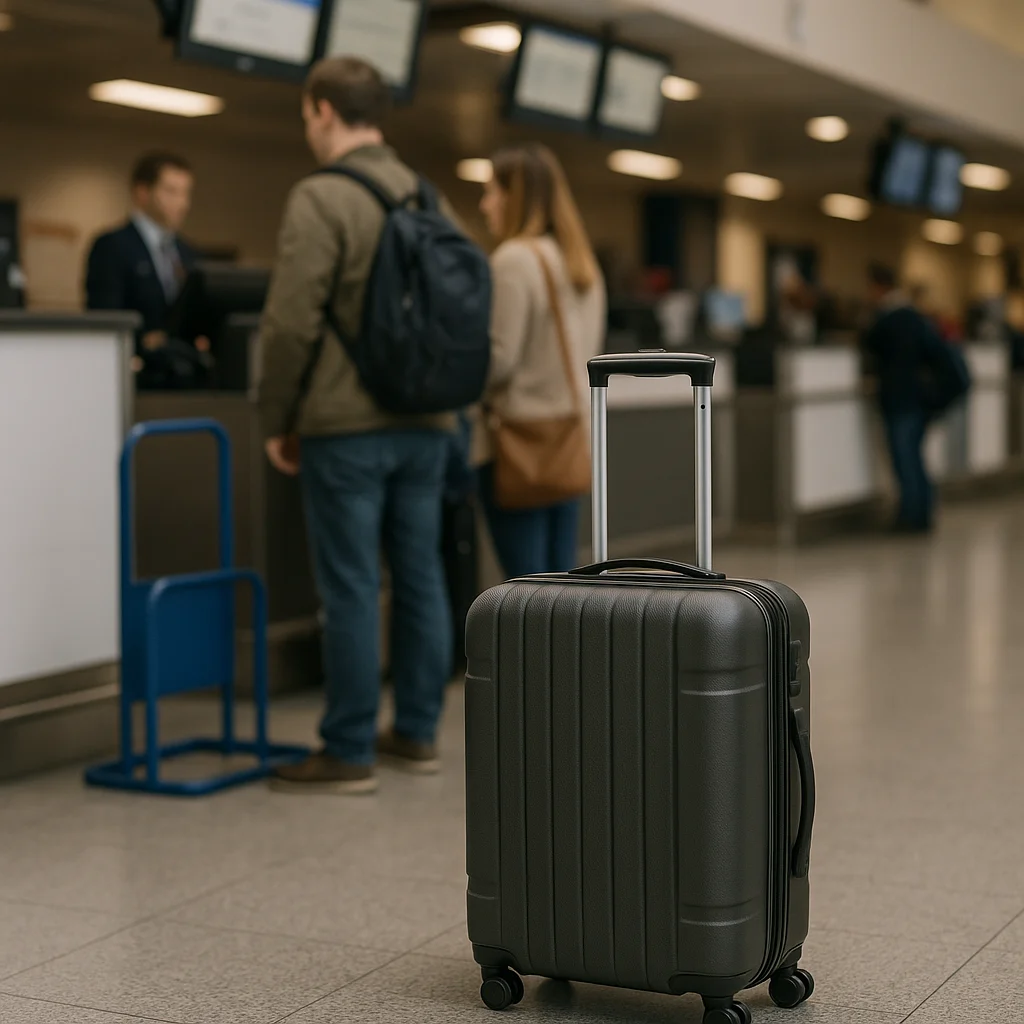Revolutionizing Supersonic Travel: The Dawn of a New Era
The age of supersonic travel is on the brink of a spectacular comeback with the announcement of a new supersonic jet slated to launch commercial flights between the U.S. East Coast and London by 2025. This development is set to drastically reduce transatlantic flight times, promising a seamless blend of speed, luxury, and efficiency that travelers have long desired. Supersonic travel is no longer a concept confined to the past or science fiction; it’s becoming a practical reality that could redefine international business, tourism, and global connectivity.
What Sets the New Supersonic Jet Apart?
This cutting-edge supersonic jet represents a significant leap forward from previous attempts at supersonic passenger flights, such as the iconic Concorde. Key advancements include:
Technological Innovations
– Advanced aerodynamics designed to reduce sonic booms while enhancing speed
– Lightweight composite materials cutting down overall weight and improving fuel efficiency
– State-of-the-art engines optimized for high-altitude supersonic cruising
– Enhanced onboard systems focused on passenger comfort and noise reduction
These improvements not only promise faster travel but also address earlier criticisms about noise pollution, fuel consumption, and environmental impact.
Expected Performance Metrics
– Flying speed of Mach 1.7 to Mach 2.0 (approximately 1,300 to 1,550 miles per hour)
– Estimated flight time from New York to London under 3.5 hours, compared to 7-8 hours on subsonic jets
– Seating capacity designed for around 65–80 passengers, emphasizing exclusivity and space
– Reduced carbon footprint compared to earlier supersonic prototypes due to cutting-edge engine and fuel technology
The Impact of Supersonic Travel on East Coast to London Routes
The introduction of supersonic travel on the East Coast to London corridor is poised to impact multiple facets of air travel and related industries.
Business and Economic Advantages
– Shorter travel times enable more efficient business meetings and increased global collaboration
– Higher productivity as executives can maintain seamless travel schedules without overnight stays
– Boost to luxury travel sectors, attracting premium travelers willing to pay for speed and comfort
Tourism and Cultural Exchange
– Easier weekend trips between continents, enhancing leisure travel opportunities
– Increased cultural exchange due to more accessible international visits
– Potential growth in tourism economies on both sides of the Atlantic
Challenges and Considerations in Bringing Supersonic Travel Back
While the promises are exciting, several challenges must be addressed for supersonic travel to become mainstream.
Environmental Concerns
– Previous supersonic jets faced criticism for noise pollution, particularly sonic booms disrupting communities
– New engines aim to mitigate emissions, but environmental groups remain vigilant
– Regulatory challenges related to supersonic flights over land must be overcome to expand routes beyond oceanic corridors
Affordability and Market Demand
– Limited seating capacity means tickets may remain costly, initially targeting business and luxury markets
– Airlines and manufacturers must balance investment costs with sustainable demand
– Potential expansion to larger markets depends on regulatory approvals and technological scalability
Supersonic Travel in the Broader Aviation Landscape
The resurgence of supersonic travel marks a pivotal moment in aviation, complemented by simultaneous trends reshaping the industry.
Integration with Sustainable Aviation Goals
– The new jets incorporate biofuels and sustainable aviation fuels (SAFs) to reduce carbon emissions
– Industry-wide push toward net-zero emissions increases appetite for efficient supersonic designs
– Advances in electric and hybrid propulsion continue, but supersonic jets rely on traditional fuels, driving innovation in cleaner combustibles
Competitor Programs and Future Prospects
– Multiple aerospace companies, including Boom Supersonic and Aerion Supersonic, are developing competing aircraft
– Supersonic travel is projected to expand beyond transatlantic flights to Asia-Pacific and domestic routes
– Potential for supersonic freight transport adds another dimension to the technology’s commercial viability
Preparing for the Supersonic Travel Experience
Passengers interested in experiencing supersonic travel should keep a few key points in mind as the 2025 launch approaches.
Booking and Pricing Expectations
– Early tickets will likely target frequent business flyers and affluent travelers
– Expect premiums over traditional business or first-class fares initially, with prices dropping as technology matures
– Airlines may offer exclusive membership and loyalty programs tailored to supersonic passengers
What to Expect Onboard
– Spacious, quieter cabins with advanced soundproofing compared to older supersonic jets
– Improved in-flight amenities focusing on passenger wellness and comfort during high-speed flight
– Streamlined boarding and security processes aiming to complement the speed of travel
Why Supersonic Travel Matters Today
The new supersonic jet symbolizes more than just a faster plane; it represents a transformative step toward shrinking the world. For businesses striving to compete on a global stage and travelers seeking to maximize their time, supersonic travel brings unmatched benefits. It also challenges the aviation industry to innovate responsibly, balancing speed with sustainability and passenger experience.
With supersonic travel making a strong return, the world is about to become more connected than ever before, allowing us to bridge continents in a fraction of the time currently required.
Start planning your next trip with supersonic speed in mind—stay informed about launch updates, ticket availability, and routes by visiting khmuhtadin.com. Embrace the future of aviation and experience the thrill of blazing fast travels from the East Coast to London in 2025.
For more insights on supersonic flight technology, visit the [NASA Aeronautics Division](https://www.nasa.gov/aeroresearch/programs/aavp) to learn about ongoing research and innovations driving this incredible journey forward.




